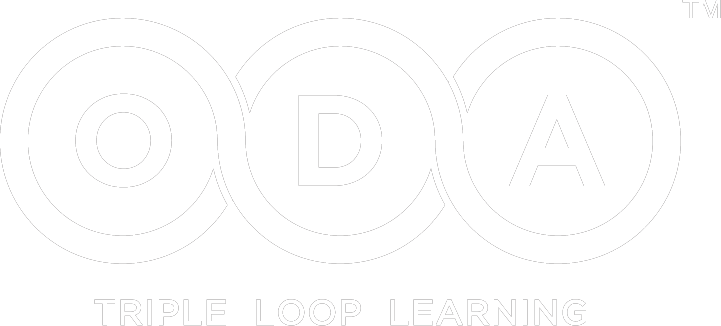Transforming L&D teams from reactive to consultative mind set

Vijayraj Kamat
Vijayraj is a Partner at OD Alternatives. A computer Engineer by qualification and an OD Consultant at heart. He is a TEDx speaker and author too.
Transforming L&D teams from reactive to consultative mind set
As companies grow and their enabling functions also grow in size – a common ask from business leaders is “How do I move my team from an order taking mind set to a consulting mind set?” This would apply more so to the L&D function which is responsible for upskilling the entire organisation.
This shift cannot be just a ‘competency’ shift. The shift is meaningful only if the business stakeholders also start perceiving the L&D team as a partner to help solve business challenges, rather than just fulfil training requirements. This demands that the shift should be at an identity level – where L&D practitioners are not just acting like a consultant but are being a consultant.
Defining the evolution stages

Any form of support involves defining “What to solve” (problem definition) and “how it needs to be solved” (solution definition) followed by execution of the identified solution. Who drives these determines which stage of evolution the L&D team is at.

At the ‘react’ stage – The stakeholder/internal client drives the entire discussion. It tells us what needs to be done(“collaboration skills need to be developed”, “ownership needs to be improved”) and also how(“Please arrange a team building event”, “Let us conduct a workshop to build ownership”) The L&D team would be more of an order taker, mainly responsible to execute what the stakeholders have asked for
At the ‘Partner’ stage – the stakeholder team still dictates what needs to be done, but the L&D team starts contributing on the how. What is the business problem that needs addressing for which the learning is a means? What multiple solution options, platforms, channels might be available? Which might be better? There is an attempt to understand the ‘why’ behind the ‘what’ so that optimal solutions can be arrived at.
At the ‘Consult’ stage – the L&D team starts taking the reins, and directs the stakeholders on what should they be doing, and of course how. The L&S team creates the big picture and defines the strategy for organisational learning.
Moving across the stages
Understanding how the behaviours change across the three stages is useful – but not sufficient to cause them. Bringing about sustainable behaviour shift demands bringing about a shift at the identity, mind set level. For example, shifting behaviour for a team member from an “order taker” to a “Success partner” mind set will involve bringing about Identity and mind set shifts. Once this happens, a natural side effect will be a sustained change in behaviour. The behaviour will be congruent with thoughts and emotions, bringing about a natural conviction that produces a shift in perception of the stakeholders.

The question then becomes how do we bring about shifts at an identity, mind set and behaviour level? The answer is ODA’s Triple loop learning methodology which focuses on bringing about deep shifts not just at behaviour but also at a thinking and perception level.

This same methodology when applied to designing learning interventions results in learning that sticks.
In conclusion
With continuous learning becoming a critical ingredient for organisations to survive, it is essential that L&D teams also evolve to not just execute business asks but partner with them to come up with the most optimal solutions and also look into the future and act as a trusted advisor that can deliver deeply transformational learning experiences. ODA uses the triple loop learning methodology to bring about this transformation at an identity, mind set and behaviour level.
Please write to vijayraj@odalternatives.com if you are interested in transforming your L&D team
